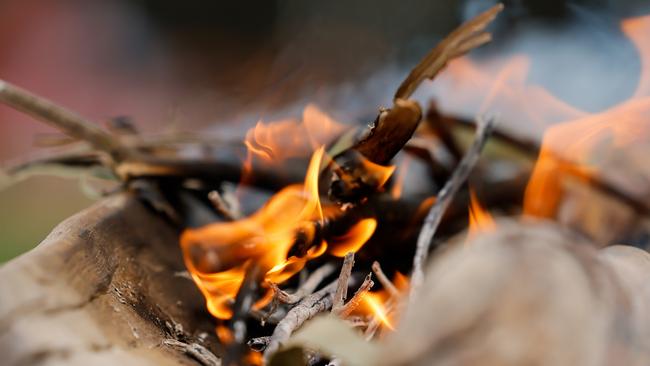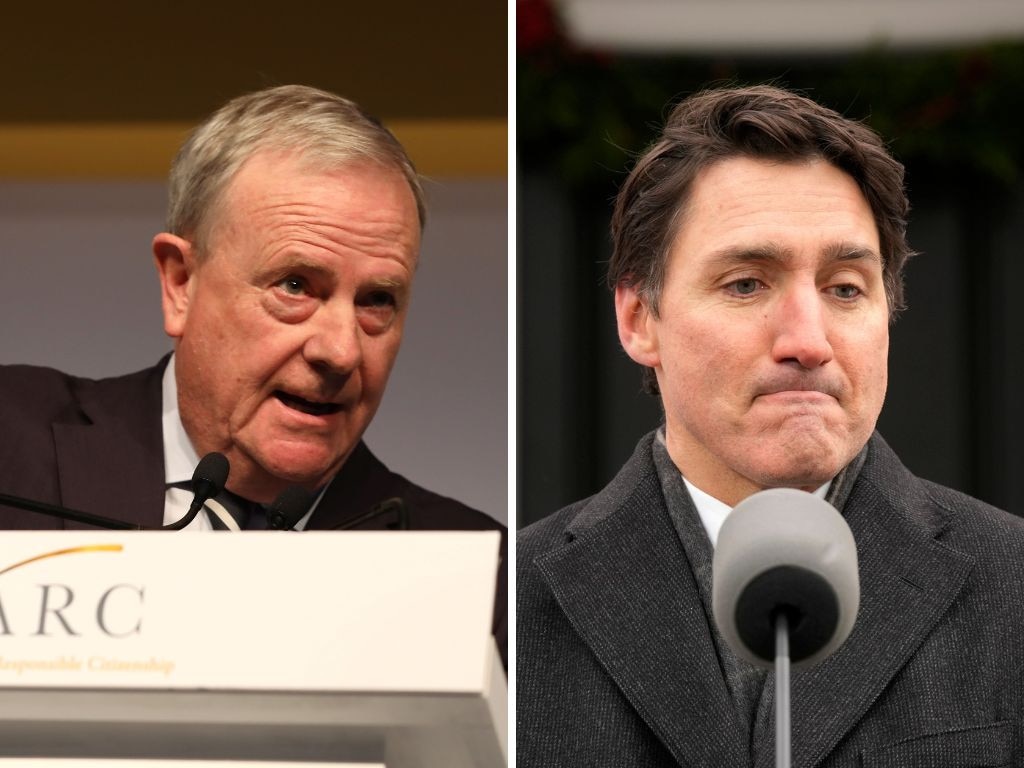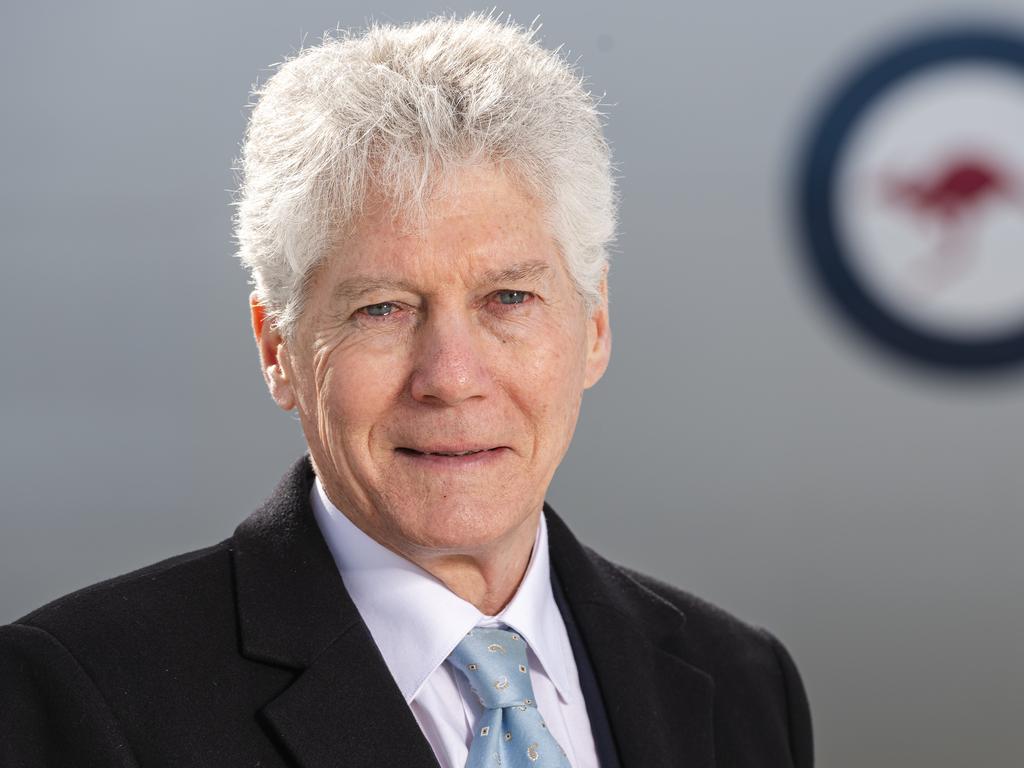Some questions of identity are less than welcome


There will be smoking and welcome to country ceremonies, too. While debate rages over the utility and purpose of these ceremonies, increasingly Australians are required to ask who is conducting these ceremonies and if they are bona fide Indigenous Australians.
Last month, elders of the Juru people in northern Queensland put a stop to welcome to country ceremonies in the Shire of Burdekin, 90km south of Townsville.
Juru elder Randall Ross told 4BC radio, “The elders have had enough. It is being abused and they want to put a stop to it.”
The Juru elders were making the point that some Indigenous people were opportunistically making themselves available to perform these ceremonies, sometimes charging exorbitant fees. Implicit in the elder’s comments was that some people who were offering these services were faking Indigenous identity for cash and self-importance.
Welcome to pretendianism, a form of indigenous identity fraud that is rife around the world.
The identity cultural shapeshifting is driven by blurry lines on indigenous identity where self-identification on its own is inadequate and open to deceit.
In Canada, conspiracist Romana Didulo holds an array of self-appointed titles that would have made 1970s Ugandan dictator Idi Amin blush. The self-declared queen of Canada also refers to herself as president and national indigenous chief of the kingdom of Canada. The QAnon wacko, who claims to commune with aliens regularly, was born in The Philippines. The practice is not limited to fringe dwellers.
In 2020, a University of Saskatchewan professor, Carrie Bourassa, got to her feet at a TED talk, sporting a blue tribal shawl and a feather in her hair. “My name is Morning Star Bear,” Bourassa said, wiping a tear from her eye. “I’m Bear Clan.”
Bourassa was regarded as one of the most respected voices on indigenous health in Canada. She had been a professor in the department of community health and epidemiology at the University of Saskatchewan and scientific director of the Canadian Institute of Indigenous Peoples’ Health.
For all the cosplay and displays of emotion, Bourassa was not indigenous. She was born and raised in Europe. Media reports first raised doubts about her identity but the university pushed back.
An investigation by indigenous academics revealed the fraudulent basis of Bourassa’s employment. She was stood down by the university and resigned in 2021.
Australia is not immune to this nonsense. The statistics reveal enormous potential for pretendianism. The 2021 census reported a 25 per cent increase in the Indigenous population in the five years since the previous census. The total Australian population increased by 8.6 per cent across the same period.
It may well be that some genuine people choose to self-identify as Indigenous now where perhaps a decade or more ago they would not because of fears of discrimination. For others, identifying as Indigenous is a form of delusion.
The box-ticking and self-identification are being seen increasingly in education and in workplaces.
Psychologically, it can be likened to those families who claim, often falsely, some sort of ancestral connection to the crews and convicts of the First Fleet in the mistaken belief they are more Australian than the rest of us.
In the Pittwater and central coast regions in Greater Sydney, a group of no more than 40 self-identifying Indigenous Australians has been offering smoking and welcome to country ceremonies, often for a fee.
The senior or longest serving members of the group known as Guringai, often with the N capitalised as some sort of weird affectation, visit schools and host excursions into the Ku-ring-gai Chase National Park.
They paint the faces of schoolchildren and themselves, sport the Indigenous flag on their T-shirts and hats, and offer what they say are deep cultural insights.
The group has advised local councils on Indigenous culture for a fee and often seeks to prohibit land development on what some say are fabricated grounds.
The Guringai of Pittwater and the central coast have advised local governments, media organisations, schools and environmental groups. They sought native title over great areas of land north of Sydney but the claim failed because the peak Indigenous land rights group, the NSW Metropolitan Local Aboriginal Land Council, as well as at least six other land councils in NSW rejected the claim because the self-proclaimed Guringai could not establish any connection with the land.
The anthropology is complex. There is a genuine Guringai nation north of Newcastle and this is accepted by Indigenous elders across the country, but some experts, Indigenous and non-Indigenous, believe the Guringai to the south are in the throes of a mass pretendianist event. These people may believe in their hearts they are Indigenous and some may have Indigenous ancestors, but by the standards of genuine Indigenous Australians they are not Indigenous.
Unlike Canada, which has relied almost entirely on indigenous self-identification, there is a three-step process in Australia. The first two, being of Aboriginal or Torres Strait Islander descent, and identifying as such may fit comfortably into the Canadian model but the third, being accepted as Indigenous by the Indigenous community in which they live, or formerly lived, is where the Guringai have come a cropper.
The faux cultural claim may be amusing but causes great distress to Indigenous Australians. Similarly, the land claims and anti-development push from the Guringai create difficulties for genuine land councils to develop their land.
Sadly, this is not often understood by white people who, when arranging social, sporting, corporate and cultural events, skim through the internet for people offering their services for smoking or welcome to country ceremonies.
Before you know it, a white bloke in a funny hat who plays the didgeridoo badly is setting fire to eucalyptus leaves.





As we approach Australia Day, the great day of schism in the country, there will be the usual protests, the usual pushback, men and women draped in flags and possibly wearing the Australian flag, made in China and now available at Woolworths, on their thonged feet.